Looking to set up your patio or deck? Before you buy expensive outdoor furniture, take a look around your house. That old sofa or those extra chairs might work perfectly outside, and save you some money too.
But wait, indoor furniture can get ruined quickly by the sun, rain, and weather changes. This guide shows you practical steps to protect your indoor pieces and make them more weather-resistant.
Check Your Furniture
Before you start weatherproofing, take a close look at your furniture's materials. Not all indoor pieces can survive outdoors, even with protective treatments.
Best Furniture Materials for Outdoor Life
Certain materials stand up better in outdoor conditions than others. Solid woods like teak and cedar are top choices because they naturally resist rot and insects. These woods can handle moisture and weather changes well.
Metal furniture, especially aluminum and stainless steel, is also a good outdoor option. They stay strong in different weather conditions, though they need proper rust protection first.
Synthetic resin wicker is another smart choice for outdoor use. It's designed to handle sun and rain, and won't fade or crack like natural wicker. Although it's already weather-resistant, occasional cleaning and covering will help it last even longer.
Materials That Need Extra Care
Some indoor furniture materials need special attention before moving them outdoors. Non-resistant woods like pine or poplar require thorough sealing on all surfaces to block moisture.
Natural wicker and rattan are very prone to water damage and need specific sealants like varnish or exterior paint. Even after treatment, keep them in covered spots.
Many indoor plastics also struggle outdoors – they may turn brittle or fade in sunlight. You can try UV protectant sprays on plastic items, but the results aren't guaranteed.
Furniture Materials You Should Avoid
Particle board, chipboard, and MDF are risky choices for outdoor use. These materials soak up moisture quickly, and even tiny cracks in the sealant can make them swell and fall apart.
Though you might think about sealing particle board, it's a losing battle - the edges are especially hard to protect.
You should also skip indoor upholstered furniture like sofas and armchairs. The padding traps moisture and breeds mold, while frames made of softwood and staples rot when wet. Water-resistant sprays and outdoor fabric won't fix these core problems.

Clean, Repair, and Sand Your Furniture Smooth
Proper preparation is crucial for long-lasting weatherproofing. Many people rush through these steps, which leads to premature finish failure.
The first step is thorough cleaning. Mix TSP solution or strong detergent with water, then scrub all surfaces to remove dirt, grease, and old polish. Rinse well and allow the piece to dry completely.
Next, check for repairs:
- Secure loose joints with glue
- Fill holes with exterior-grade filler
- Fix any wobbly or damaged parts
For wooden surfaces:
- Start with coarse sandpaper
- Move to finer grits gradually
- Sand in the direction of wood grain
- Wear a dust mask
For metal pieces, sand the surface to remove rust and create a slightly rough texture - this helps paint stick better.
The final prep step is cleaning. Use a vacuum to remove dust, then wipe all surfaces with tack cloths.
Best Practices for Weatherproofing Indoor Furniture
Seal Wood Furniture
Wood furniture especially needs proper protection from the sun, rain, and changing temperatures. With the right sealing technique, you can help your furniture last longer outdoors.
Before you start, gather these basic supplies:
- Quality sealer (penetrating oil or spar urethane)
- Clean clothes or brushes
- Fine-grit sandpaper
- Dust mask and gloves
The sealing process isn't complicated, but it needs attention to detail. Start by choosing the right sealer. Penetrating oils work well for basic protection, while spar urethane offers maximum protection against harsh weather.
Here's how to apply your sealer properly:
For penetrating oils:
Use a cloth or brush to work the oil into the wood. Give it about 15-20 minutes to soak in. Then wipe off any excess to avoid a sticky surface.
For spar urethane:
Apply thin, even coats with a quality brush. Don't rush - thick coats will only cause problems later. Let each coat dry completely before adding the next one.
Two key tips for success:
- Always seal every surface, including hidden areas and edges. Water can seep in from any uncovered spot.
- Sand lightly between coats using fine-grit sandpaper. This helps the next coat stick better.
Most furniture needs 2-3 coats for good protection. Although this takes time, the extra effort pays off in protecting your furniture from outdoor damage.

Brighten and Protect with Paint
Paint does more than just change the look of your furniture, it creates a protective barrier against the elements. Here's what you need to know about painting outdoor furniture:
For metal furniture:
- Use sandpaper or a wire brush to remove all rust completely
- Apply 1-2 coats of rust-inhibiting primer and let each dry fully
- Use multiple thin coats of exterior metal paint for better coverage
- Check and seal all joints and crevices to prevent water damage
For wooden furniture:
- Start with exterior primer designed for outdoor wood surfaces
- Apply 3-4 thin coats of quality exterior paint for durability
- Ensure complete coverage of all edges, corners, and undersides thoroughly
Paint selection tips:
- Choose exterior-grade paints that match your specific furniture material
- Latex paints clean up easily with just soap and water
- Oil-based paints provide better protection in harsh weather conditions
- Chalk paint requires two coats of polyacrylic topcoat for protection
Protecting Fabric Cushions and Pillows
Waterproofing sprays can help protect your indoor fabric cushions and pillows from moisture and stains. Before you start, check the fabric care tag, and avoid treating any fabrics marked with an 'X' code. Test the spray on a hidden spot to ensure it won't affect the color.
When applying the spray:
- Work in a well-ventilated area
- Apply thin, even coats
- Allow each coat to dry completely
- Follow product directions for multiple coats
Sprays only add resistance, they won't make indoor cushions completely waterproof. Some sprays include UV protection to reduce sun damage, but for the best results, consider reupholstering with outdoor fabrics.
Though reupholstering costs more and takes more work, it offers better protection against water, sun, and mildew than any spray treatment.
Using Outdoor Furniture Covers
Waterproof furniture covers create a barrier that shields your furniture from rain, sun, and debris when not in use.
Look for high-quality covers with these features:
- Breathable material to prevent moisture buildup
- Proper size for a snug fit
- Secure straps or ties to prevent wind damage
- Built-in vents for air circulation
Think of covers as essential protection that will extend the life of your weatherproofed indoor pieces, especially during rainy days and off-seasons.

Long-Term Furniture Care
Like any outdoor item, your converted weatherproofing indoor furniture requires ongoing care to stay protected. With proper maintenance, you can extend the life of your weatherproofing treatments and keep your furniture looking fresh through multiple seasons.
Regular Cleaning and Maintenance
Your outdoor furniture needs regular care to stay in good shape. Clean your pieces every few weeks with mild soap and water to remove dirt and pollen. These substances can wear down protective finishes if left unchecked.
Take time each month to check your furniture for:
- Cracks in the finish that could let moisture penetrate
- Peeling paint, especially around joints and edges
- Fading spots that indicate weathering and UV damage
- Rust formation, particularly on metal hardware parts
- Signs of mold growing in shaded or damp areas
Fix small problems right away to avoid bigger issues later. A quick touch-up of paint or tightening loose screws today can prevent costly repairs tomorrow.
Your furniture's finish will need regular updates:
- Oil finishes: Reapply yearly to maintain wood protection
- Spar urethane: Touch up every 1-3 years, depending on exposure
- Paint: Refresh every few years when signs of wear appear
Before adding new coats of finish, clean the surface and lightly sand it. Check your product's instructions for specific steps.
Covering and Winter Storage
Protect your weatherproofed furniture by using waterproof covers when not in use. These covers defend against sudden rain, harsh sunlight, bird droppings, and dirt buildup.
For the best protection, store your furniture indoors during winter or rainy seasons. A garage, shed, or basement works well. This shields your pieces from freeze-thaw damage and excess moisture.
If indoor storage isn't an option, follow these protective tips:
- Place small blocks under furniture legs to prevent moisture from seeping up
- Cover furniture completely, ensuring the covers reach the ground
- Remove covers periodically on dry days to prevent trapped moisture
- Check regularly for water pooling on covers and remove it
- Keep covers clean and repair any tears promptly
Enjoy Your DIY Outdoor Furniture
Converting indoor furniture for outdoor use is a rewarding DIY project that can transform your patio or deck. Before starting, remember that material selection is important; avoid particle board furniture or standard indoor sofas that won't withstand the elements.
Success depends on four key factors: careful piece selection, proper weatherproofing materials, thorough preparation, and regular maintenance. Take time to assess each piece's suitability and follow the weatherproofing steps we've outlined.
With proper protection and ongoing care, your converted furniture can provide years of outdoor enjoyment while adding unique style to your space.
Related Reading:
Best Outdoor Furniture Material


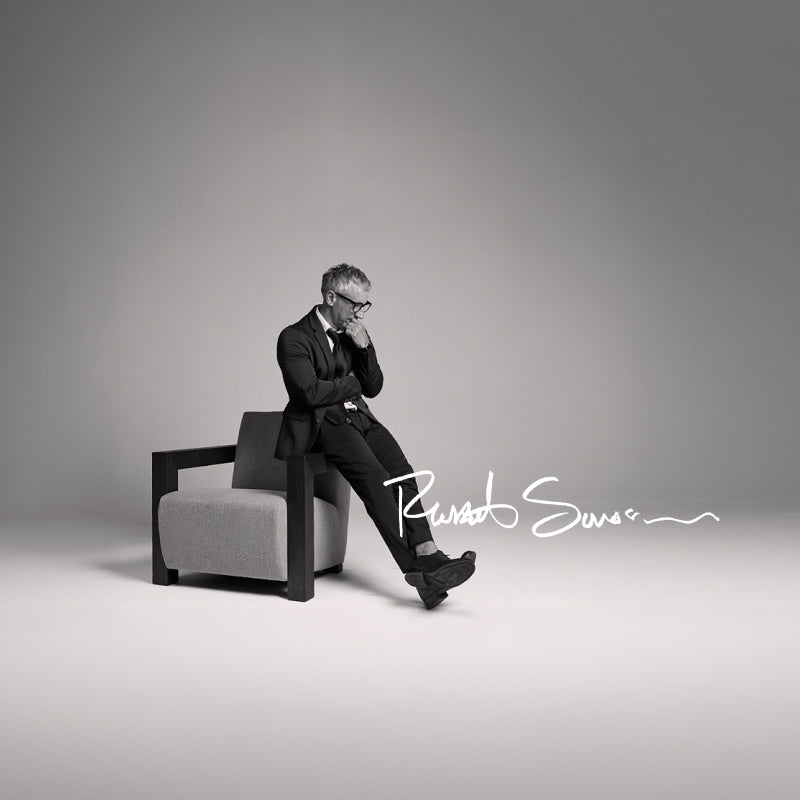
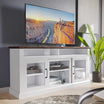
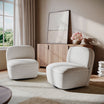
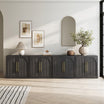
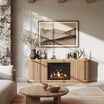


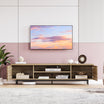
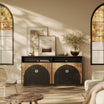
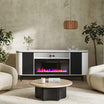
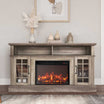
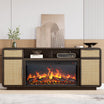
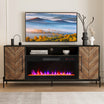
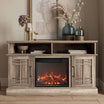
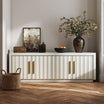
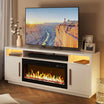
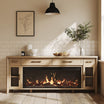
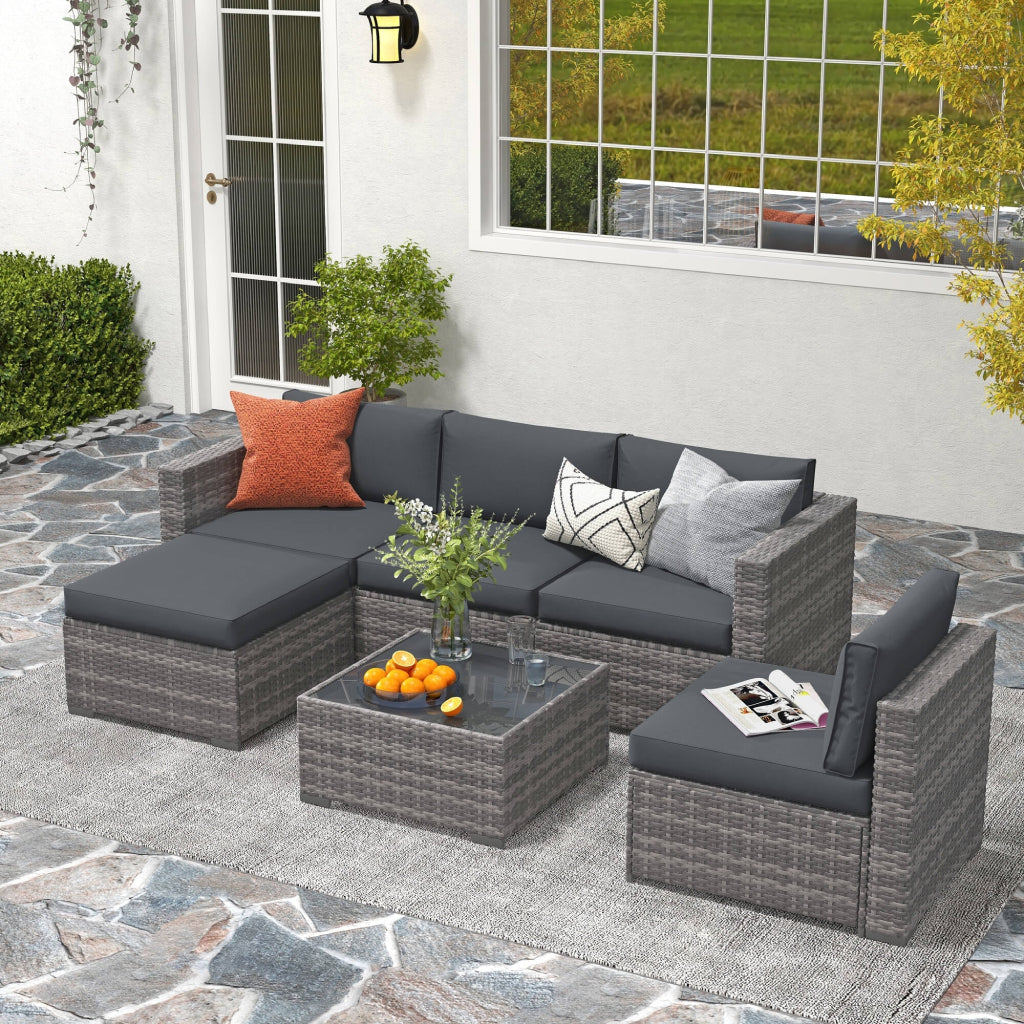
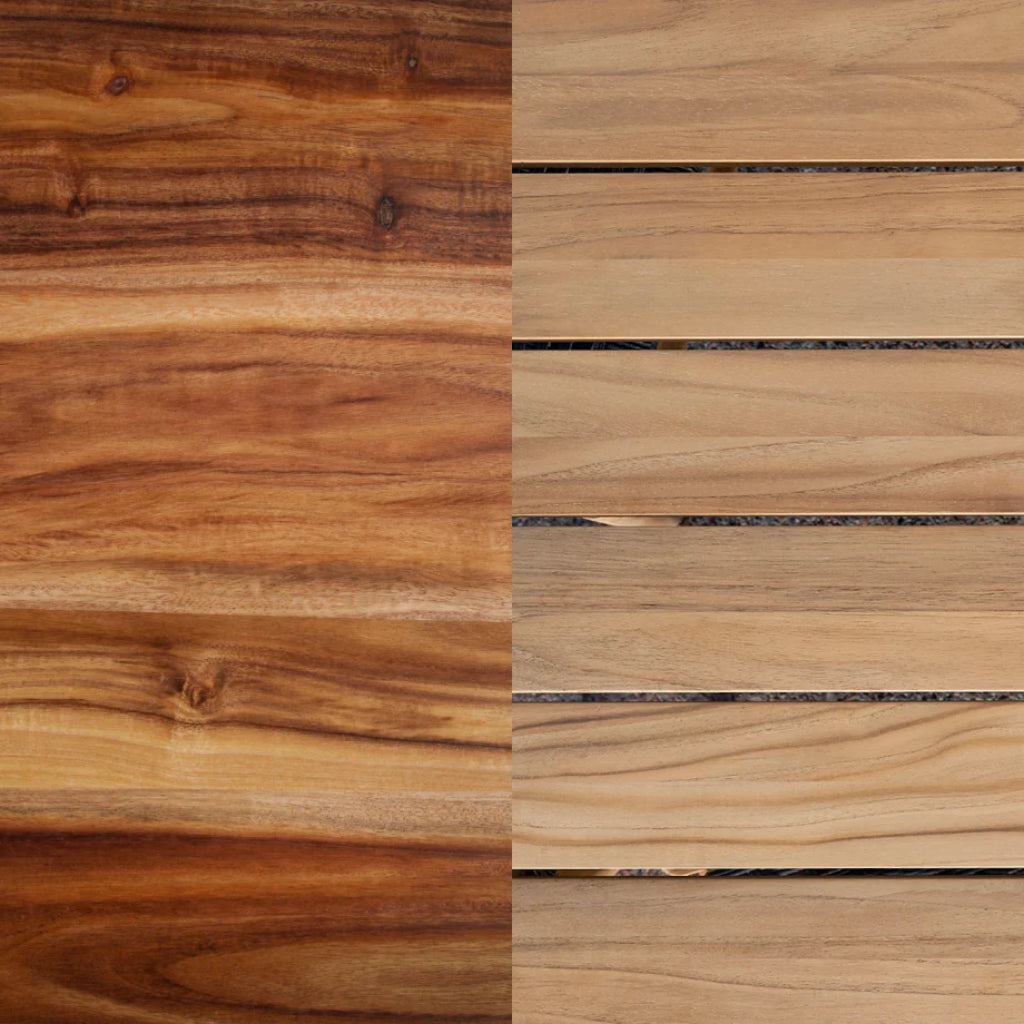
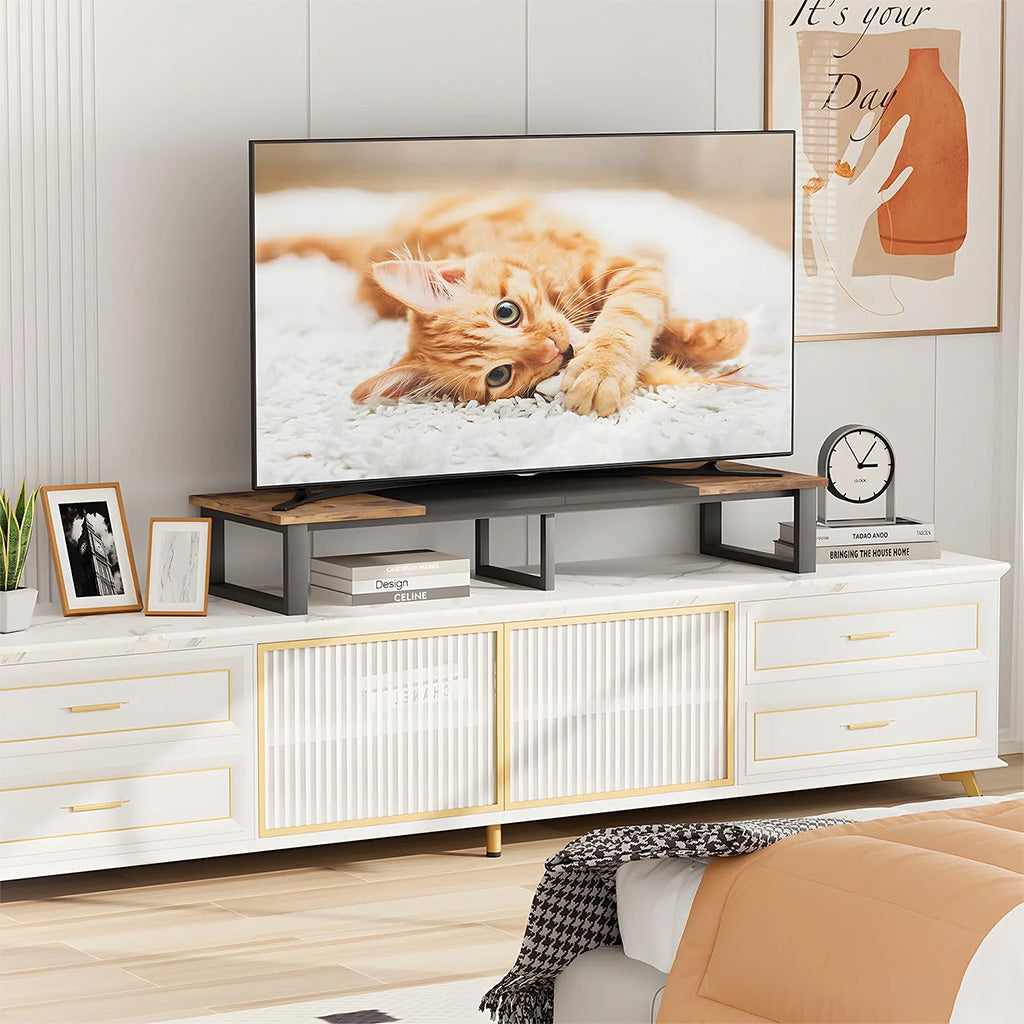
Leave a comment
This site is protected by hCaptcha and the hCaptcha Privacy Policy and Terms of Service apply.